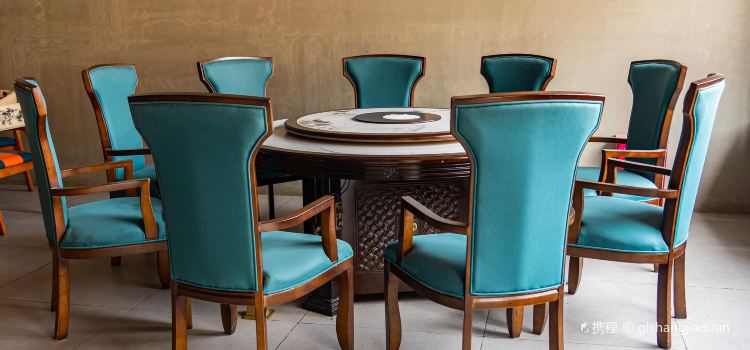芒康如美圣域天香洲际大酒店(竹卡大桥店)·天香美食荟
5/52 Reviews

Currently closed|Open at 07:00 today
19989251118
What travelers say:

A very good hotel. Clean and hygienic. Good service attitude. Very rich breakfast. Recommend everyone to stay in this hotel
More
Reviews of 芒康如美圣域天香洲际大酒店(竹卡大桥店)·天香美食荟
Some reviews may have been translated by Google Translate
5/5Outstanding
All (2)
Latest
Photo reviews (1)
Positive reviews (1)
A very good hotel. Clean and hygienic. Good service attitude. Very rich breakfast. Recommend everyone to stay in this hotel
Leaving Batang County, we head south along the Jinsha River Canyon. The canyon is full of overlapping mountains, beautiful peaks, white clouds around the mountains, gurgling water, and fresh air. Driving through it, it is like driving into a landscape painting. Go to Batang Zhubalong Jinsha River Bridge and reach the boundary between Sichuan and Tibet. Cross the center of the bridge and you will arrive at Mangkang, the first county in Tibet. We have officially set foot on the long-awaited land of Tibet. Entering Tibet, the mountains on both sides of the Haitonggou section of the 318 Sichuan-Tibet Highway have become broken and desolate. The changing climate, complex geology, and erosion by natural disasters such as landslides, mudslides, and landslides have caused the roads built along the mountains to suffer repeatedly, and shell craters are everywhere. The rocks on the cliffs are loose, and rolling rocks may appear at any time. The narrow road is bumpy at a snail's pace and is frightening. Slowly crawling over the Zongbala Mountain Pass, you will enter Mangkang County, where the vegetation is sparse and the mountains are brown and bare. It is still a winding mountain road that has been repaired endlessly. Huge trucks have no choice but to occupy the road. The road is carved out of cliffs, the slopes are steep and the cliffs are high. The road is narrow and the bends are sharp, which is shocking. Due to the construction control of many roads in Zuogong and Basu on the 318 Sichuan-Tibet Highway, the original one-day journey had to be divided into several days. We stopped at Rumei Town on the Lancang River, the second of the three parallel rivers in the Hengduan Mountains. #The scenery on the road